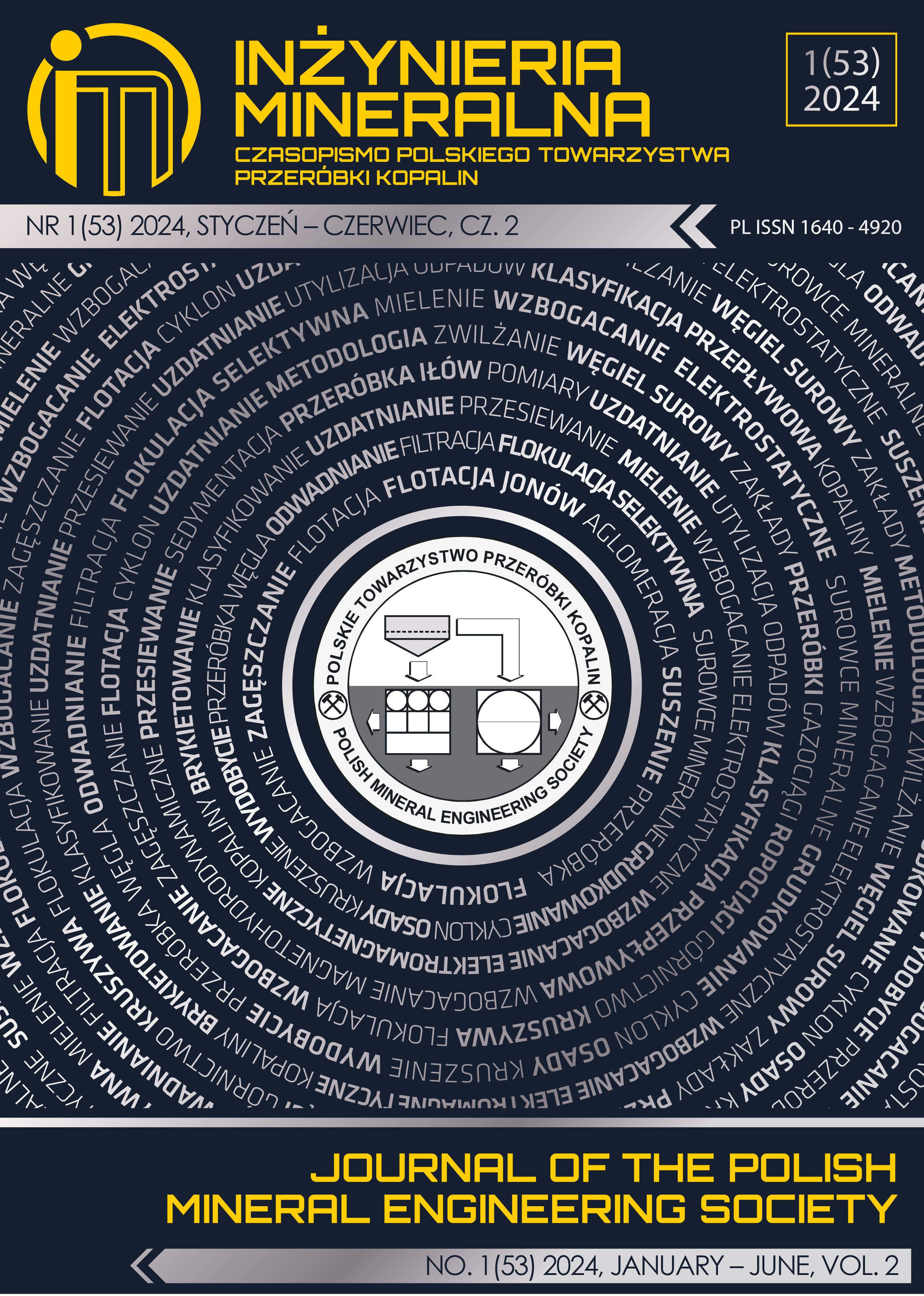Automatic Detection and Analysis of Offsets in GNSS Position Time Series Using RMS Sliding-Window Method and Synthetic Model
Abstract
This paper presents a method for automatically detecting and analyzing offsets in GNSS (Global Navigation Satellite System)
position time series using the RMS (Root Mean Square) sliding-window approach. This technique identifies anomalies that indicate
offsets within the time series. To adjust parameters such as linear trends, seasonal signals, and offsets accurately, synthetic model of
GNSS position time series is utilized. The method is implemented in an automated program, pygps_ts, programmed by Python. The
effectiveness of this approach is validated using both synthetic and real data from CORS (Continuously Operating Reference Station)
stations in Vietnam. The results show that the program can accurately and efficiently detect and analyze offsets, identifying the epochs
and magnitudes of these offsets in various scenarios. This study offers a practical tool for GNSS data processing, which is especially
useful for tectonic studies and geodetic applications in Vietnam, where the continuous GNSS network is still developing. The study
demonstrates the potential of this method for broader applications in monitoring and analyzing GNSS data in different regions. s
accuracy and efficiency in offset detection and analysis.
Copyright (c) 2024 Dinh Trong TRAN

This work is licensed under a Creative Commons Attribution-ShareAlike 4.0 International License.
This journal permits and encourages authors to post items submitted to the journal on personal websites or institutional repositories both prior to and after publication, while providing bibliographic details that credit, if applicable, its publication in this journal.







.png)
